Sienese wing
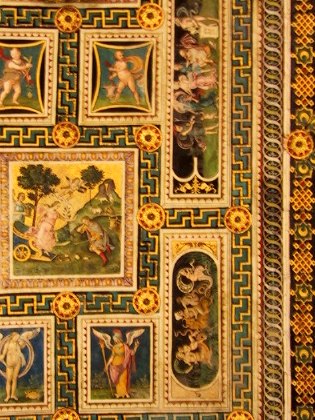 |
 |
 |
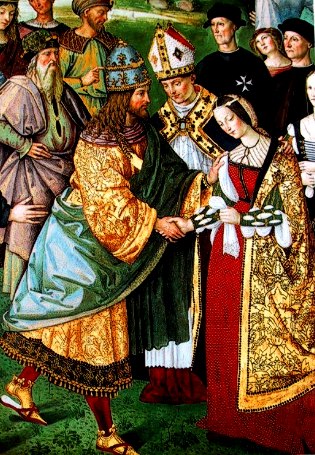 |
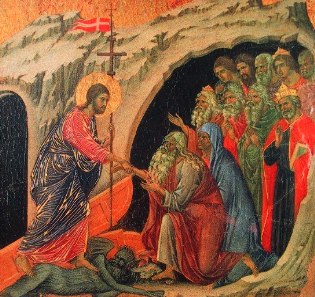 |
 |
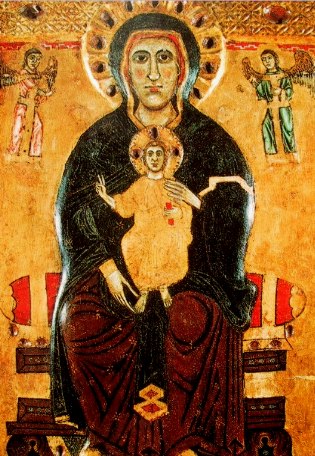 |
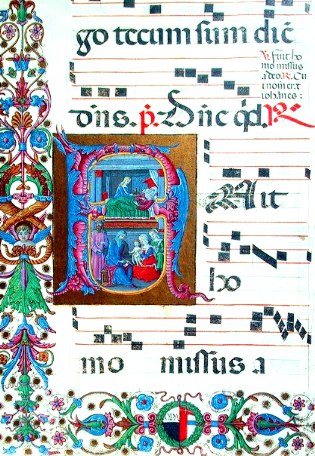 |
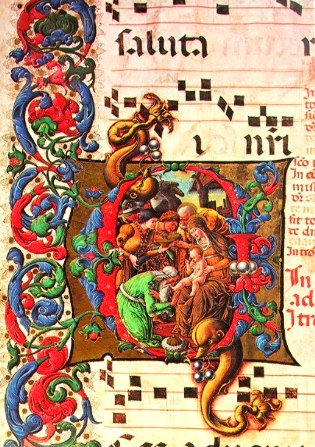 |
 |
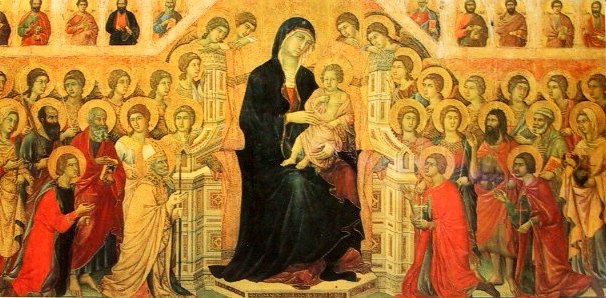 |
Pintoricchio 1454-1513
ceiling fresco (northern half detail)
ceiling fresco (northern half detail)
Libreria Piccolomini, Duomo, Siena
Pintoricchio 1454-1513
Pius II arrives in Ancona to launch the crusade
Pius II arrives in Ancona to launch the crusade
Libreria Piccolomini, Duomo, Siena
Pintoricchio 1454-1513
Enea Piccolini departs for Basle
Enea Piccolini departs for Basle
Libreria Piccolomini, Duomo, Siena
Pintoricchio 1454-1513
Future Pius III introduces Frédéric III to his bride-to-be, Eléonore of Aragon
Future Pius III introduces Frédéric III to his bride-to-be, Eléonore of Aragon
Libreria Piccolomini, Duomo, Siena
Duccio di Boninsegna 1255-1318
Descent of Christ into Limbo
Descent of Christ into Limbo
Museo dell'Opera Metropolitana, Siena
Paolo do Giovanni Fei 13??
Madonna del Latte
Madonna del Latte
Museo dell'Opera Metropolitana, Siena
Maestro di Tressa 12??
Madonna with Child
Madonna with Child
Museo dell'Opera Metropolitana, Siena
Guidoccio Cozzarelli 1415-1516
Nativity of Saint John the Baptist
Nativity of Saint John the Baptist
Libreria Piccolomini, Duomo, Siena
Liberale da Verona 1445-1525
Adoration of the Magi
Adoration of the Magi
Libreria Piccolomini, Duomo, Siena
Peligrino di Mariano 15th Century
Saints Peter and Andrew accept their Vocations
Saints Peter and Andrew accept their Vocations
Libreria Piccolomini, Duomo, Siena
Duccio di Buoninsegna 14??
La Maestà
La Maestà
Museo dell'Opera Metropolitana, Siena
The little Libreria Piccolomini is reached through a small door on one side of Siena's great Duomo, but once inside ...Oh! the wonder! Your eye is drawn to a magnificent ceiling and eight spectacularly detailed story-telling frescoes. The story is about a hometown boy, Enea Silvio Piccolomini, who makes it in "The Bigs" -- in Italy, that means the Roman Catholic Church. He becomes Pope Pius III (or, according to some guidebooks, IV. I guess they have so many Piuses they can't keep them straight. The ceiling says III.)
The richly decorated ceiling, a small fraction of which is shown above, gives credit to all those who endowed the libreria and fostered Enea's progress. (Half the ceiling is shown on the Siena page.)
The eight panels follow Enea's progress from his awakening to a spiritual calling in Ancona when his predecessor Pius came to Ancona to launch the First Crusade. This panel is called "the bird panel" because of the life-sized bird and its shadow painted in faultless tromp-l'oiel in an otherwise uninteresting area of the sky. Of course true believers explain this as the holy spirit, but I think it's just Pintoricchio playing with perspective and light.
Enea was swept up in a dangerous storm of controversy that brought him to Basle for a convocation that resolved a major schism within the Church. Despite his youth, he distinguished himself in Basle, and made a favorable impression on a mighty young monarch, Frédéric III, thereby putting the Catholic hierarchy on notice that he was a young man on the way up.
Enea was the right guy at the right time, again and again. He served his friend, German Emperor Frédéric as a royal match-maker when he brought him together with Eleonor of Aragon, a great marriage for Europe and for Catholicism. This coup catapulted Enea onto the short list for preferment in the Church, and from this time he didn't drop a single stitch. His ascendance to the St Peter's throne marked the high-water mark for Sienese culture, as these paintings so faultlessly represent.
This, the first of several daring paintings showing a nursing Mary, is an artistic break-through because it humanizes, and in a sense eroticizes, the Madonna. It opens the door for further candor in treatment of the female form, a subject previously taboo. It's easy to see in this and other similar paintings just how taboo, as the painters, lacking models, consistently get the breast in the wrong place anatomically.
Around the walls of the Piccolomini Library are ranged precious psalters -- hymn books -- richly illuminated. Unlike many monkish illuminations and counter to an earlier Sienese tradition of artistic anonymity, the artists of these pages are known and credited. These books were prepared specifically to adorn this cathedral. Could this kind of pride and richness have bent the Medici nose out of joint?
The really remarkable thing about this painting is that the guys are all individuals, but nearly all the faces of the women, even Mary, are various expressions on the same woman's face! There's a bench in this gallery where one can sit and study these carefully, exquisitely rendered faces. Was Buoninsegna paying homage to a certain woman? Were these all supposed to be Saint Catherine, Siena's home-grown saint? Or could he only paint one woman's face? Unfortunately, the guidebooks don't even give a hint. |
